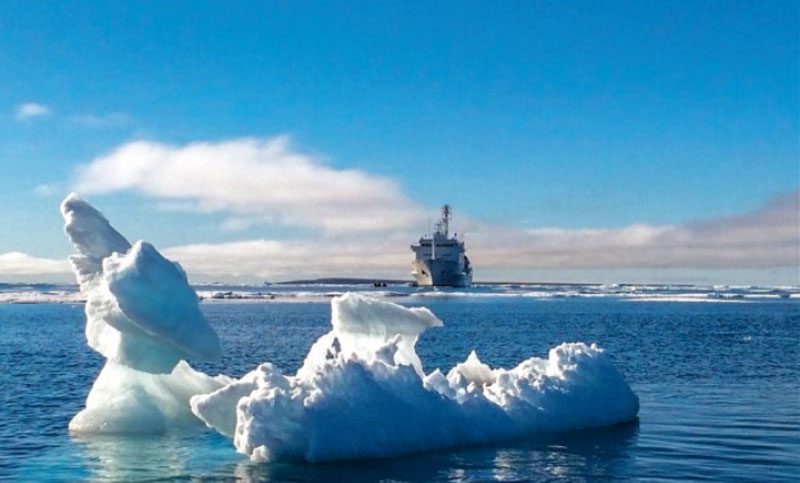

The Venta Maersk, carrying a cargo of frozen fish, arrived in St Petersburg in August, having left Vladivostok (Russia’s Pacific port city) days earlier.
Experts say this Northern Sea route could be quicker for ships travelling from east Asia to Europe (rather than via the Northwest Passage over Canada) because it was likely to be free of ice sooner due to climate change. It could reduce the east Asia-Europe shipping route from 21,000km (via the Suez Canal), to 12,800km, shaving transit time by 10–15 days.

A.P. Moller-Maersk is the world’s biggest shipping group and the Venta Maersk, says Palle Laursen, the organisation’s chief technical officer, made the journey as a one-off trial. “This provided exceptional operational experience – and the ship performed well in the unfamiliar environment.
“Currently, we do not see the Northern Sea route as a viable commercial alternative to existing east-west routes. Today, the passage is only feasible for around three months a year which may change with time. Furthermore, we also must consider that ice-classed vessels are required to make the passage, which means an additional investment.”




